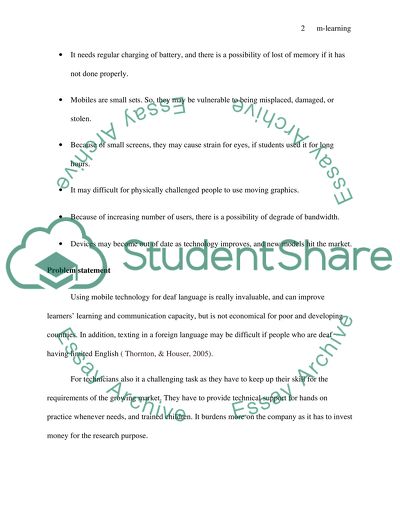Cite this document
(“E-learning across mobile platform applications (m-learning) Thesis Proposal”, n.d.)
Retrieved from https://studentshare.org/miscellaneous/1576518-e-learning-across-mobile-platform-applications-m-learning
Retrieved from https://studentshare.org/miscellaneous/1576518-e-learning-across-mobile-platform-applications-m-learning
(E-Learning across Mobile Platform Applications (m-Learning) Thesis Proposal)
https://studentshare.org/miscellaneous/1576518-e-learning-across-mobile-platform-applications-m-learning.
https://studentshare.org/miscellaneous/1576518-e-learning-across-mobile-platform-applications-m-learning.
“E-Learning across Mobile Platform Applications (m-Learning) Thesis Proposal”, n.d. https://studentshare.org/miscellaneous/1576518-e-learning-across-mobile-platform-applications-m-learning.


